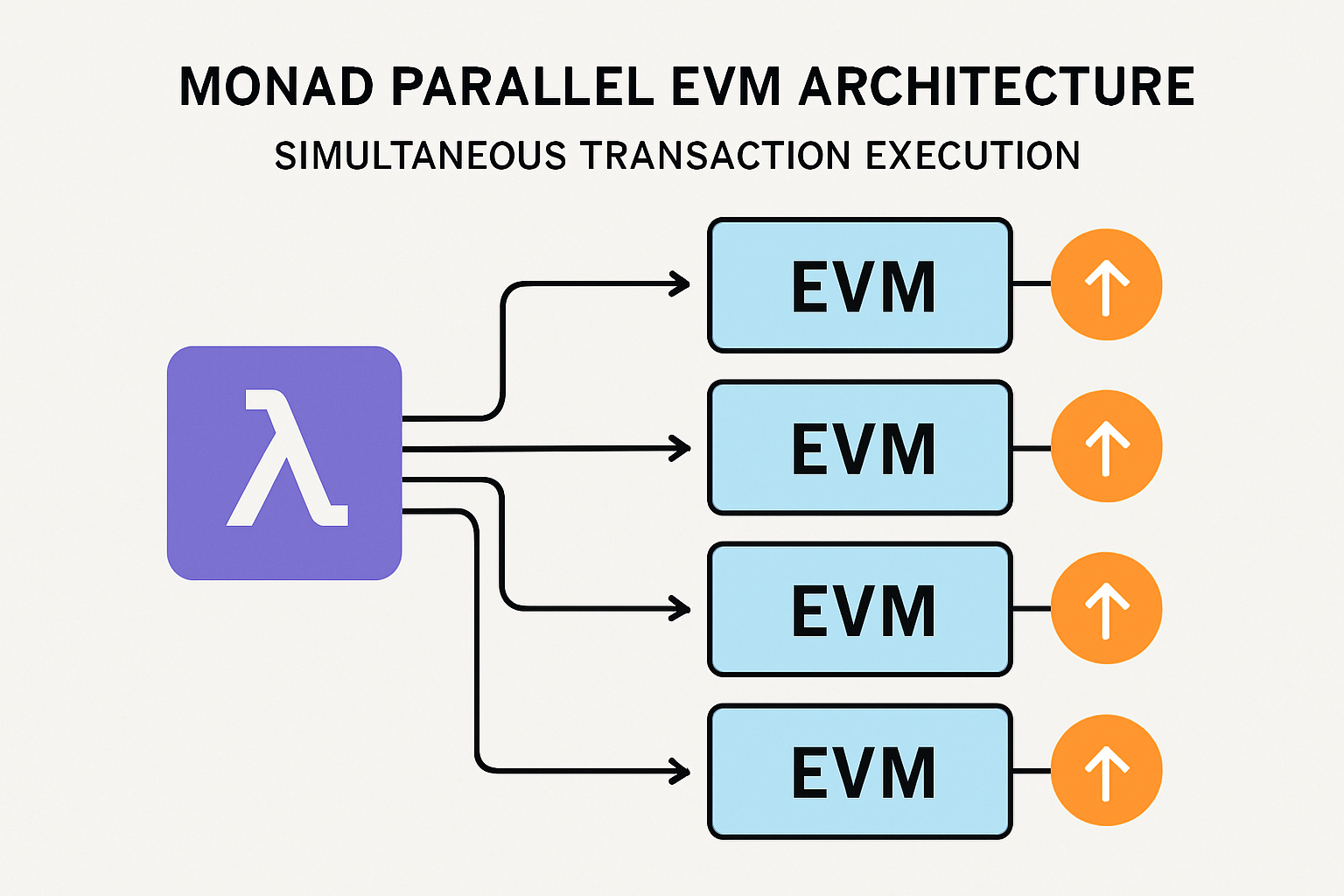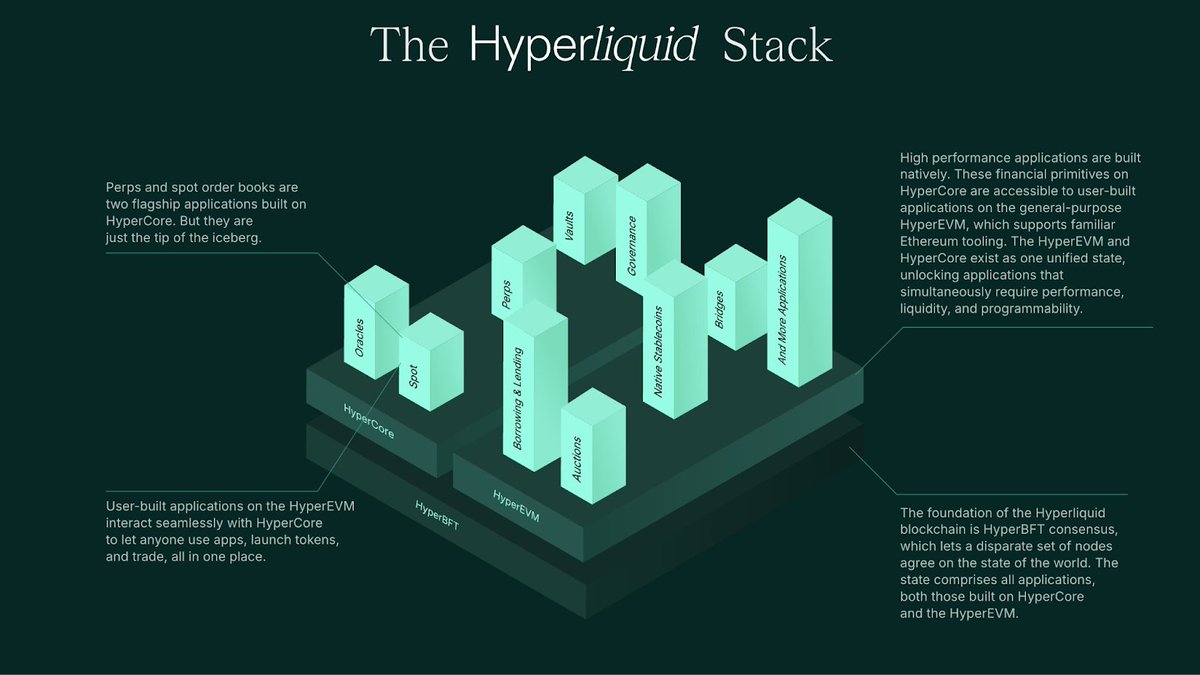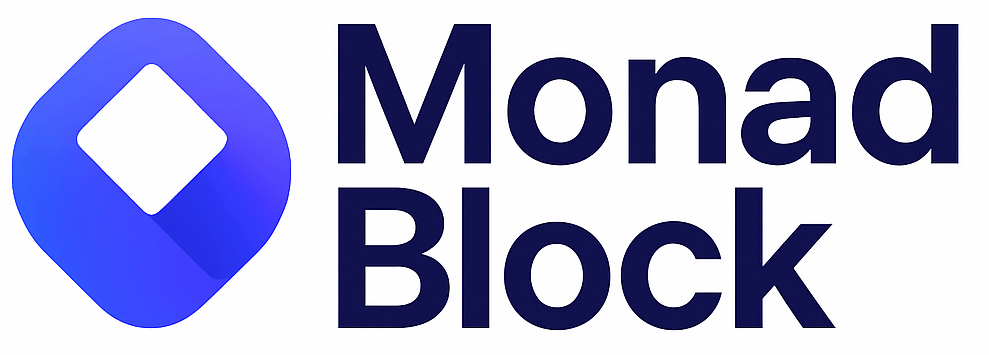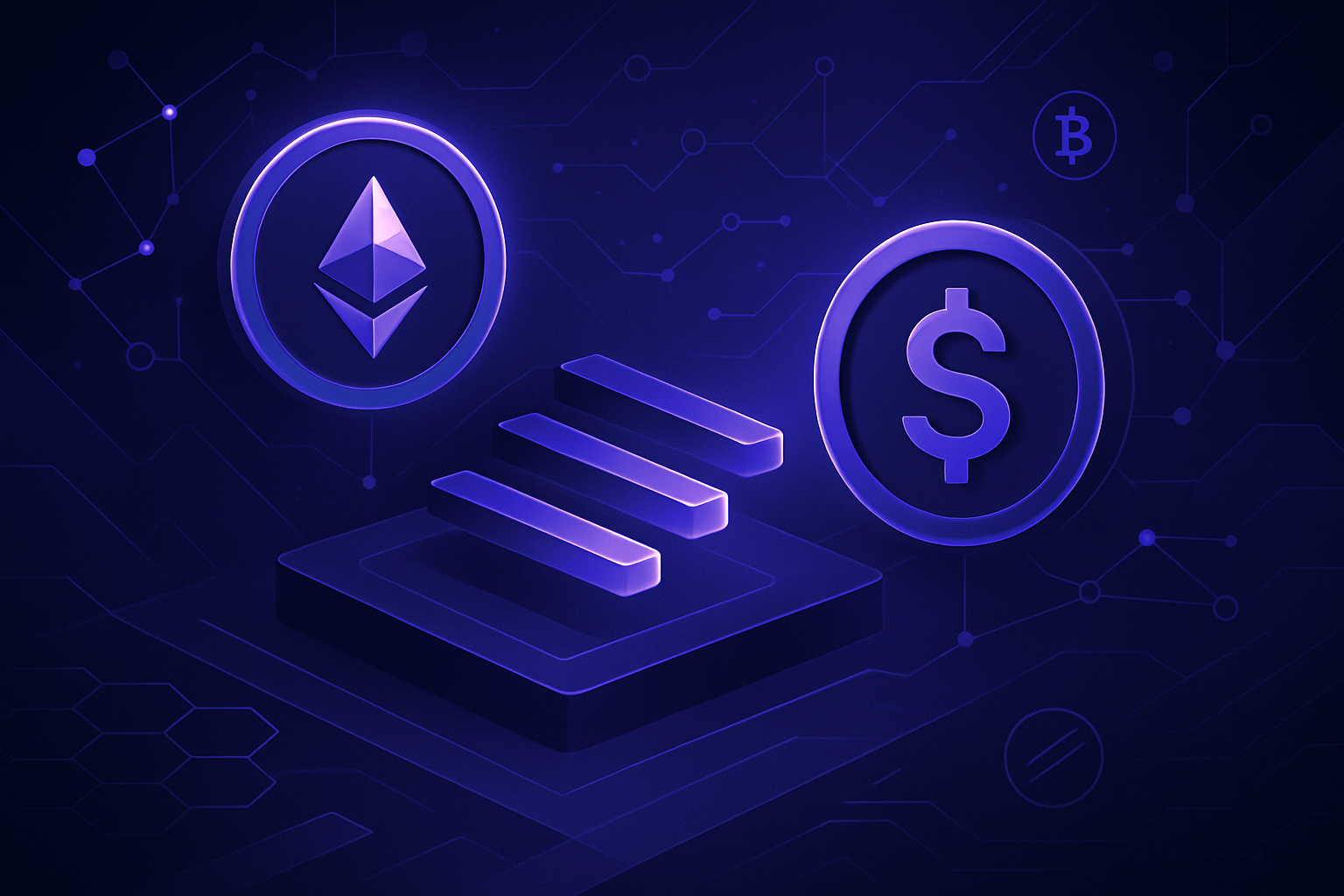
Speed, scalability, and seamless compatibility have become the gold standard for next-generation blockchains. Yet, most EVM-compatible chains face a brutal trade-off: scaling throughput without sacrificing decentralization or developer experience. Monad is rewriting that equation. By radically reimagining how the Ethereum Virtual Machine (EVM) can be parallelized, Monad is delivering sub-1 millisecond latency and aiming for 100,000 transactions per second (TPS): a quantum leap over what legacy chains can offer.

Why Sequential Processing Holds Back Legacy EVM Chains
Traditional EVM-compatible blockchains execute transactions one after another, forcing every node to process the entire chain state in lockstep. This sequential approach inevitably creates bottlenecks as network activity grows, limiting even high-performance networks to a few thousand TPS at best. For dApps targeting mass adoption, think DeFi protocols with millions of users or NFT marketplaces during peak drops, this simply isn’t enough.
The result? Frustrating congestion, spiking gas fees, and a user experience that lags far behind mainstream expectations. Developers are forced to make compromises on UX or seek out Layer-2 solutions that introduce their own complexity and fragmentation.
Monad’s Breakthrough: True Parallel EVM Execution
Monad EVM parallelization attacks this bottleneck at its root. Instead of treating the blockchain like a single-lane highway, Monad analyzes incoming transactions for dependencies and groups those without conflicts into batches that can be executed simultaneously across multiple CPU cores. The result is dramatic: where traditional chains crawl through traffic jams, Monad opens up a multi-lane expressway for dApp activity.
This is possible thanks to an innovative system that:
- Detects transaction dependencies, ensuring only independent transactions are executed in parallel
- Optimizes execution scheduling, maximizing hardware utilization across modern multicore processors
- Keeps full EVM compatibility, so developers don’t have to rewrite smart contracts or abandon existing tooling
The impact? Monad’s architecture has already demonstrated up to 70,000 TPS in production environments as of January 2025, a number poised to climb as optimizations continue. This is not theoretical; it’s performance you can build on today.
Consensus Without Compromise: Deferred Execution and MonadBFT
But throughput alone doesn’t guarantee low latency or security. Monad introduces deferred execution: validators first agree on transaction order using the lightning-fast MonadBFT consensus protocol, which borrows from HotStuff’s proven Byzantine Fault Tolerance model but reduces communication rounds for even faster finality. Only after this consensus do nodes execute transactions in parallel, streamlining both safety and speed.
This separation means block times shrink to approximately 0.4 seconds with finality achieved around 0.8 seconds, practically real-time for end users and dApps alike. For comparison, Ethereum currently averages around 12-second block times with much longer finality windows.
If you’re interested in the technical details behind how deferred execution and parallelization work hand-in-hand to unlock these results, check out our deep dive at How Monad’s EVM Parallelization Achieves Unmatched Transaction Throughput.
The Data Layer Engineered for Speed: Meet MonadDB
No high-performance blockchain can ignore storage bottlenecks, and here again Monad innovates with MonadDB. This custom-built database leverages modern SSDs and asynchronous disk operations so that reads and writes happen concurrently across thousands of transactions per second. The result? Traditional I/O limitations are eliminated, letting parallel execution truly scale without hitting a wall.
This synergy between compute and storage is what enables Monad’s sub-1ms latency for transaction processing, a game-changer for everything from decentralized exchanges to real-time gaming dApps.
Performance at Scale: Real-World Benchmarks and User Impact
What does all this mean for developers, users, and the broader Web3 ecosystem? The numbers are eye-popping: Monad has already demonstrated 70,000 TPS in live production as of January 2025, with a clear trajectory toward the 100,000 TPS mark. Latency clocks in below one millisecond, and block finality arrives in under a second. These metrics aren’t just incremental improvements, they’re orders of magnitude beyond what legacy EVM chains can deliver.
For dApp builders, this opens a new design space. Imagine DeFi protocols that can handle institutional-level throughput without gas spikes, NFT platforms where minting wars never clog the chain, or on-chain games delivering real-time responsiveness rivaling Web2. Monad’s parallelized EVM means developers no longer have to compromise between user experience and decentralization.

Crucially, Monad achieves these gains while maintaining full Ethereum compatibility. Existing Solidity smart contracts deploy seamlessly. The entire ecosystem of wallets, dev tools, and libraries works out-of-the-box, making migration frictionless for teams accustomed to Ethereum’s tooling. This is not a new blockchain demanding its own developer language or paradigm; it’s a next-gen foundation for scaling what already works.
Lower Barriers to Entry: Efficiency Without Hardware Overkill
Another often-overlooked advantage is Monad’s focus on efficiency. Unlike some high-throughput chains that demand enterprise-grade hardware or specialized nodes, Monad’s architecture is optimized to run on commodity servers. By leveraging parallel execution at the software level, rather than brute-forcing performance with massive hardware, Monad keeps validator requirements accessible. This supports decentralization by allowing more participants to run nodes without prohibitive costs.
The result? A network that scales horizontally as demand grows while preserving security and openness, a critical factor for any chain aiming for long-term adoption beyond speculative cycles.
Why Sub-1ms Latency Matters Now More Than Ever
The crypto market is maturing rapidly. As of today, Ethereum trades at $4,128.67, reflecting renewed confidence in scalable decentralized infrastructure. But price alone doesn’t define market leadership provides user experience does. In an era where mainstream audiences expect instant feedback from every digital service, sub-1ms latency isn’t just a technical milestone; it’s the difference between Web3 remaining a niche curiosity or becoming the backbone of global finance and digital ownership.
Monad’s commitment to ultra-low latency empowers dApps to meet, and exceed, these expectations without sacrificing trustlessness or composability. That’s why leading DeFi teams and infrastructure providers are already integrating with Monad to future-proof their platforms for mass adoption.
The Road Ahead: Building on Monad’s Parallel Foundation
The innovation doesn’t stop here. As more developers tap into Monad’s EVM parallelization, we’ll see new classes of applications emerge, from high-frequency trading protocols to social networks running entirely on-chain.
If you’re building for scale, or simply want your dApp to feel as fast as anything in Web2, the time to experiment with Monad is now. The barriers have never been lower, the performance ceiling never higher. Explore technical docs, join community discussions, or spin up your first contract using familiar Solidity workflows, all while leveraging the most advanced EVM-compatible architecture available today.


